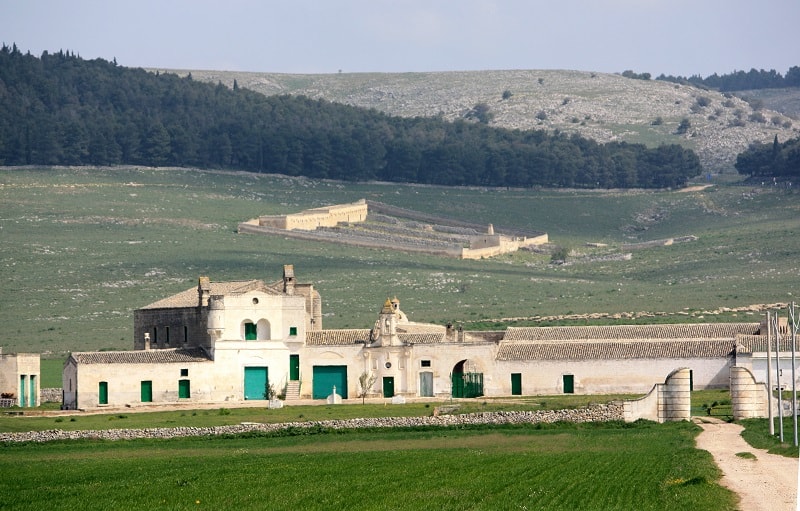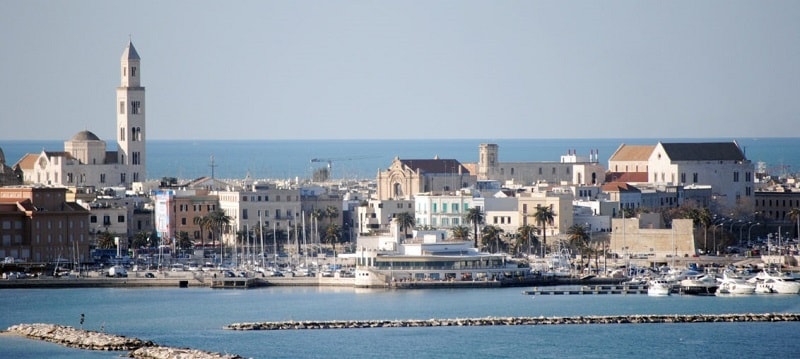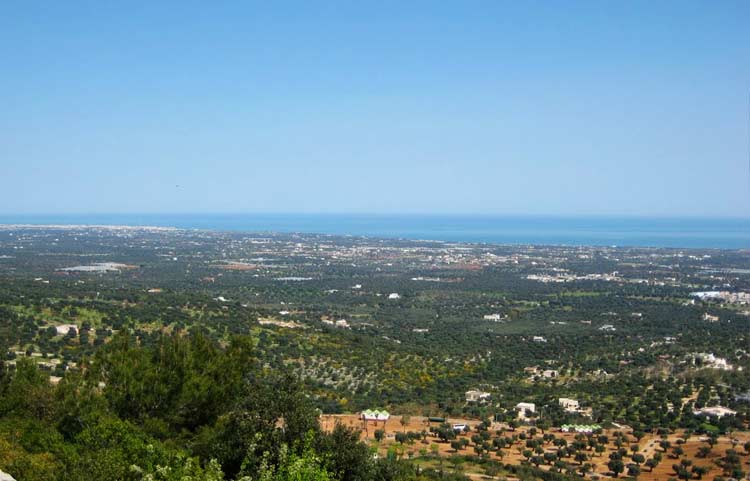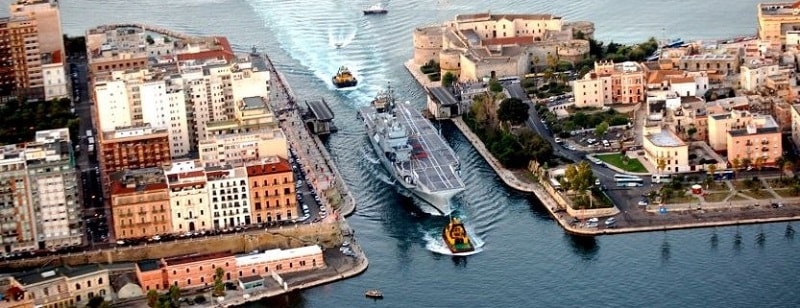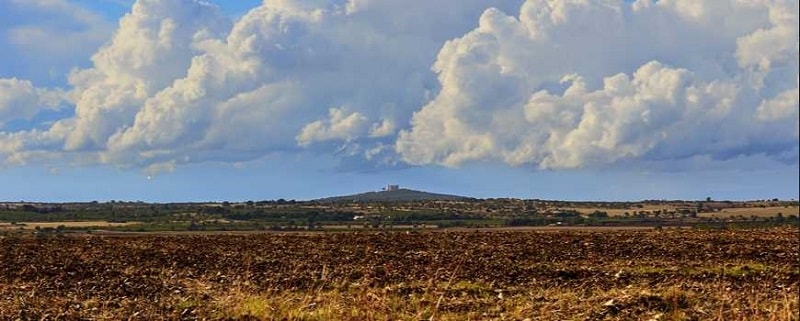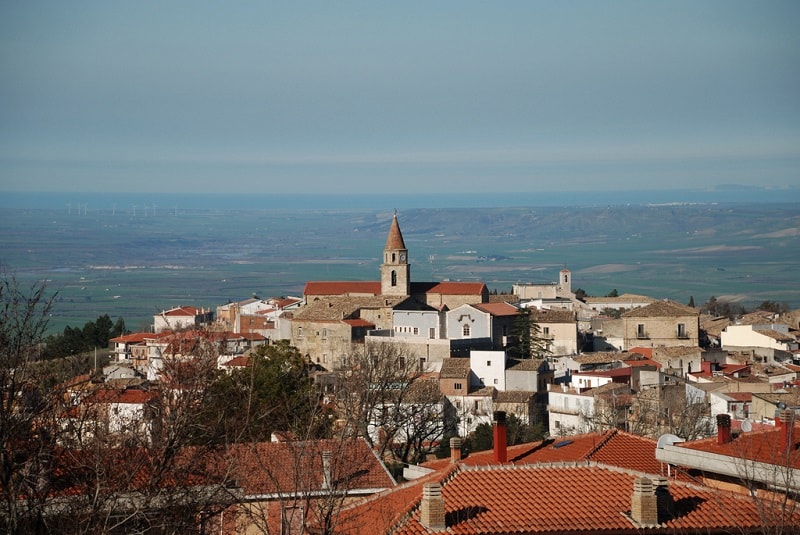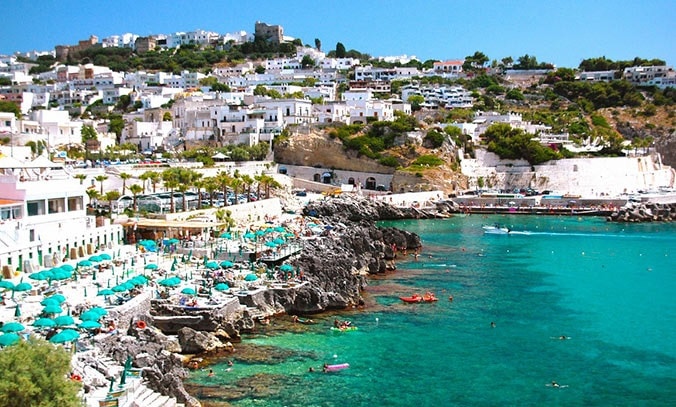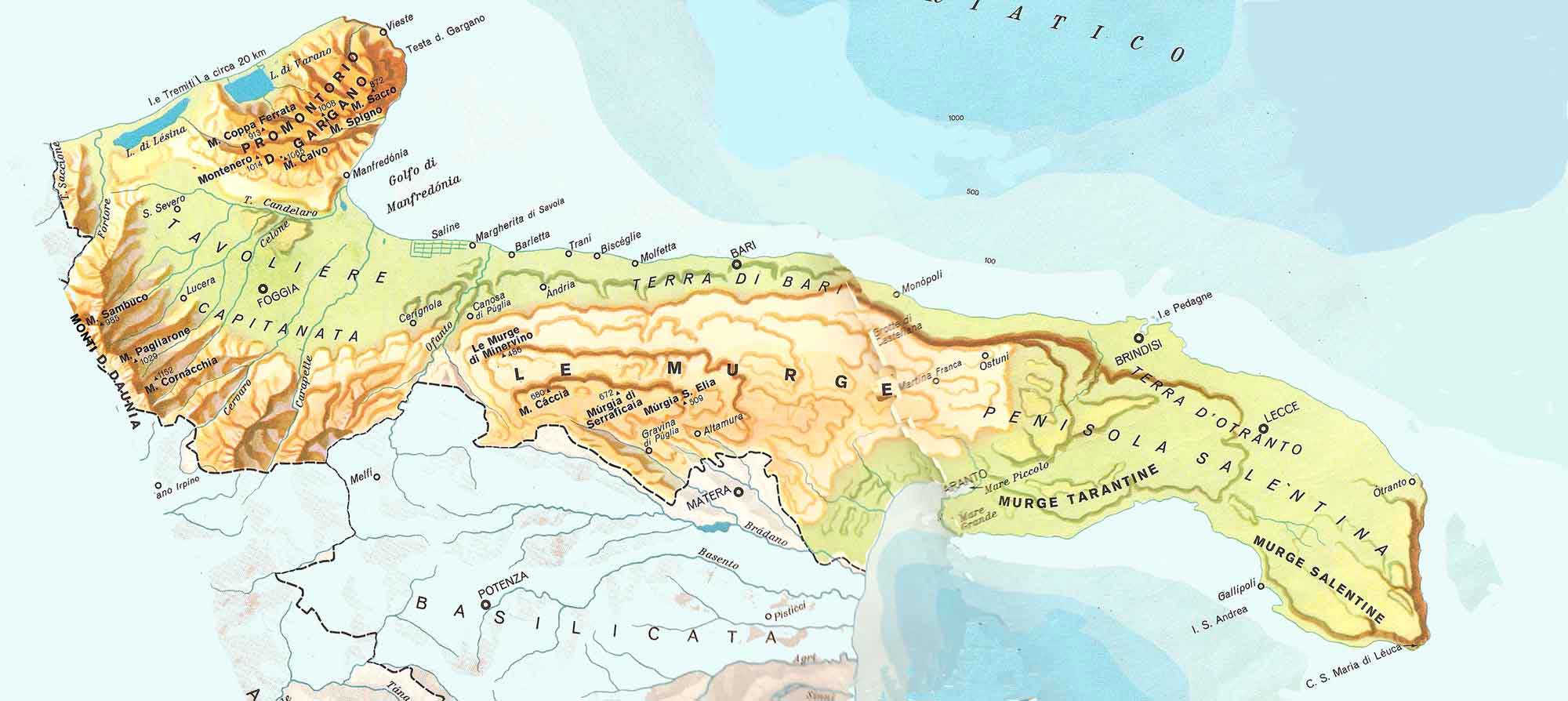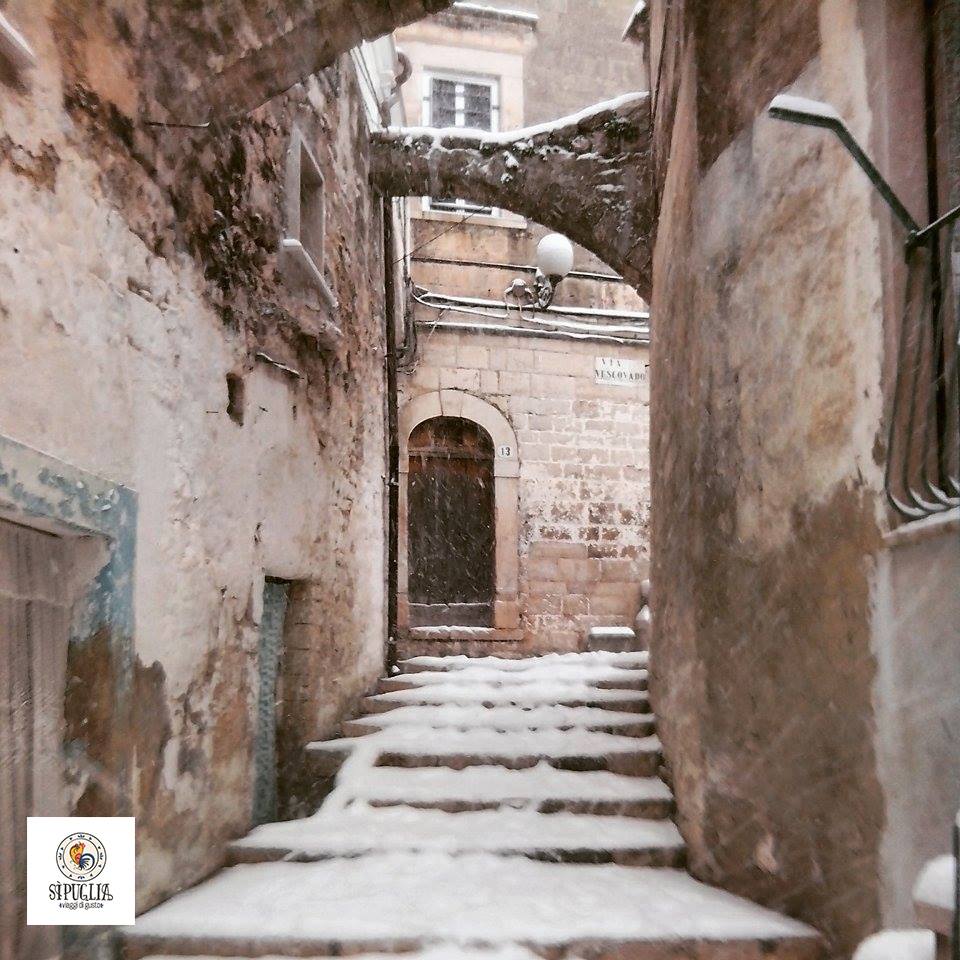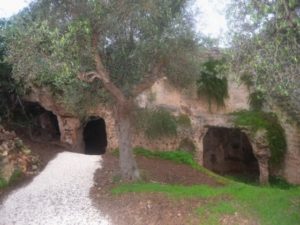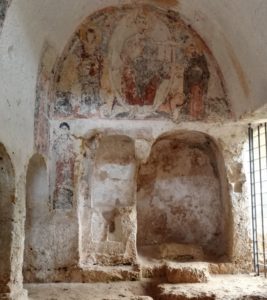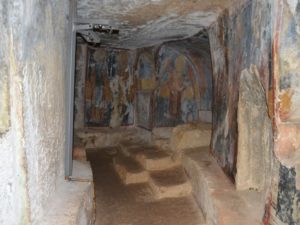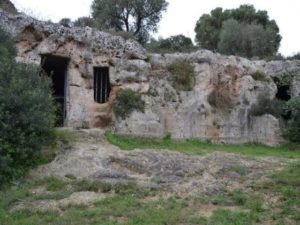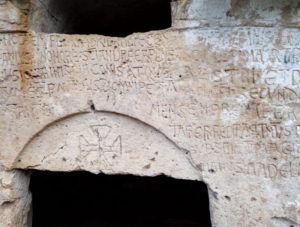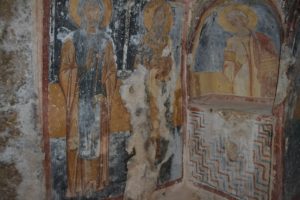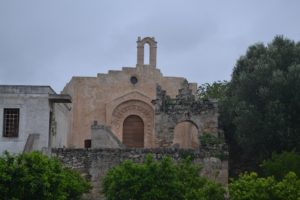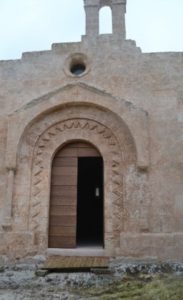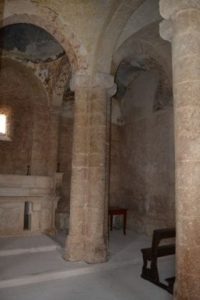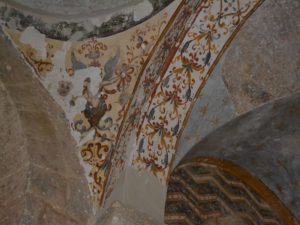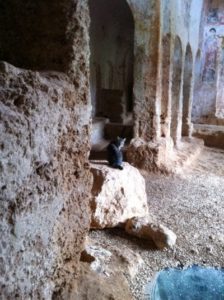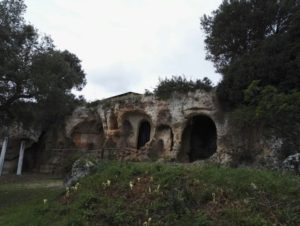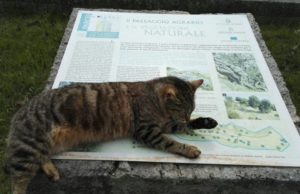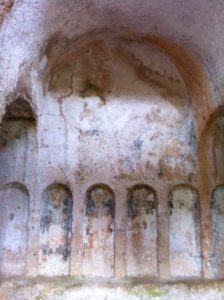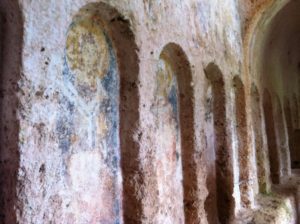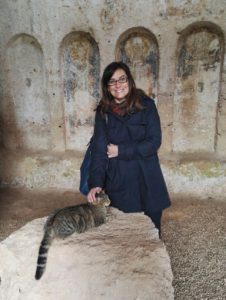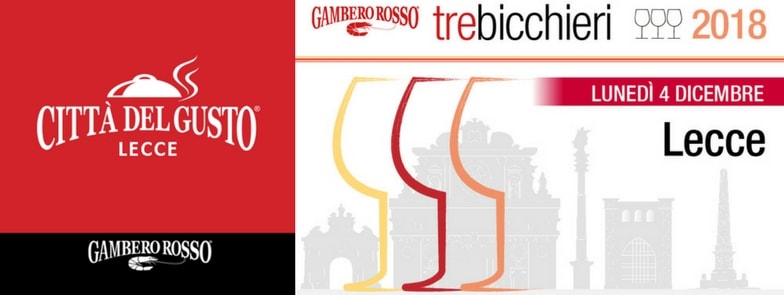December 4, 2017 | Wine & Food Tasting | by Città del Gusto Lecce @Torre del Parco, Lecce, Apulia, Italy.
it is an event by Città del Gusto Lecce.
At the beautiful Torre del Parco venue in Lecce, let will be the tasting of wines awarded with the Tre Bicchieri, the maximum score by the Gambero Rosso Italian Wines Guide 2018
December 4, h 19:00 @ Torre del Parco, Lecce, Apulia, Italy.
Info: gamberorosso.it
The most awaited event, the one with the wines awarded with the highest score – Tre Bicchieri – by Guida Vini d’Italia 2018 Gambero Rosso.
Event will be in Pugli for the first time.
After the appointments at Rome, Naples and Turin, the “Tre Bicchieri” tour reach Lecce: Monday, December 4, in the historic Torre del Parco residence (Viale Torre del Parco, 1, Lecce), from 7.00 pm to 10.00 pm, it will be possible to taste wines of some of the Italian companies awarded, with the participation of the expert Gambero Rosso William Pregentelli.
It will be an unmissable opportunity to know and appreciate the national enological excellences and to share info with producers and wine lovers.
Puglia confirms the trend of recent years, in which it has grown and found a high-level production continuity, difficult to imagine even just ten years ago, aspects linked above all to the awareness of having vines, vineyards and unique territories in the Italian wine scene and worldwide.
The primitivo is by now the most important grape of the region not only in the historical areas, Gioia del Colle and Manduria. Gioia del Colle is building its success year by year also thanks to a strong and compact consortium proposing an idea of quality wine. As for Manduria, it must be noted that some of the most significant companies in the area have chosen to offer their wines out of the denomination, in some cases for some time, in others recently, as a reaction to a disciplinary that seems to be not too clear. If on one hand we are happy about a good number of wineries constantly at the top national quality, on the other we are a bit ‘surprised not to see many emerging news.
The Tre Bicchieri awards are almost all confirmations, starting from the Gioia del Colle Primitivo, as the Contrada Barbatto by Nicola Chiaromonte, the 17 Montevella Vineyard of Polvanera, the Tre Pini Riserva, the Senatore by Coppi, plus the return of the Marpione by Viglione.
As for Salice Salentino, the winery cooperative Due Palme and Leone de Castris confirm the role of reference producers, with the Selvarossa and Per Lui Reserva.
Same situation for Castel Del Monte denomination, where Torrevento by Francesco Liantonio has become the model to follow, in particular with its Riserva Vigna Pedale, a benchmark not only for the designation but also for all wines produced from black grapes of Nero di Troia.
As for the Primitivo di Manduria, we find the history of this territory side by side, with the Sinfarosa Zinfandel, and the passion accompanied by the technique, with the Raccontami of the Vespa family.
Tenuta Rubino is confirmed with the Oltremé, to high the flag of susumaniello – autochthonous vine rediscovered by the Rubino family wuth time, resources and passion – while Paolo Leo and Carvinea obtain again the highest recognition with ever iridescent labels: the Negramaro for the first, the Primitivo for the second.
We close talking once again about the detestable fashion of ultra-heavy bottles: it seems truly unacceptable that cellars decide to use bottles that exceed well the weight of 750 ml of still wine, and a serious lack of consistency for companies that claim to make a eco-sustainable production or carrying out organic or biodynamic viticulture.
I vini della Puglia premiati con Tre Bicchieri
Castel del Monte Rosso V. Pedale Ris. 2014 – Torrevento
Gioia del Colle Primitivo 17 Vign. Montevella 2014 – Polvanera
Gioia del Colle Primitivo Marpione Ris. 2013 – Tenuta Viglione
Gioia del Colle Primitivo Muro Sant’Angelo Contrada Barbatto 2014 – Tenute Chiaromonte
Gioia del Colle Primitivo Ris. 2014 – Tre Pini
Gioia del Colle Primitivo Senatore 2011 – Coppi
Oltremé 2016 – Tenute Rubino
Orfeo Negroamaro 2015 Cantine Paolo Leo
Primitivo 2015 – Carvinea
Primitivo di Manduria Raccontami2015 – Vespa – Vignaioli per Passione
Primitivo di Manduria Sinfarosa Zinfandel 2015 – Felline
Salice Salentino Rosso Per Lui Ris. 2015 – Leone de Castris
Salice Salentino Rosso Selvarossa Ris. 2014 – Cantine Due Palme
Queste le cantine presenti con le loro eccellenze:
Barone Pizzini
Biancavigna
Cantina Tollo
Cantina Meran
Cantina Tramin
Cantine Due Palme
Cantine Polvanera
Cantine Settesoli
Cantine Tre Pini
Carvinea
Casale del Giglio
Chiaromonte
Coppi
Cottanera
Donnachiara
Felline
Ferghettina
Ferrari
Feudi di San Gregorio
Franz Haas
Leone De Castris
Masi
Paolo Leo
Pievalta
Russiz Superiore
San Salvatore 1988
Suavia
Tenuta San Leonardo
Tenute Rubino
Velenosi
Il food sarà a cura dello chef Gianluca Spedicato (Torre del Parco) e degli chef di Gambero Rosso Academy Cosimo Russo (Ristorante Aqua Le Dune di Porto Cesareo) e Matteo Romano (Ristorante Lilith) arricchito da una ricca offerta di selezionati produttori del territorio:
– Il capocollo di Terra Terra-Questione di radici;
– il formaggio Don Carlo dell’azienda InMasseria;
– i prodotti a base di peperoncino di “Maru”;
– i sott’oli di Carlino la Famiglia;
– gli insaccati di mare di Offishina;
– Panificio Scordella (Taurisano);
– Essentiae del Salento.



